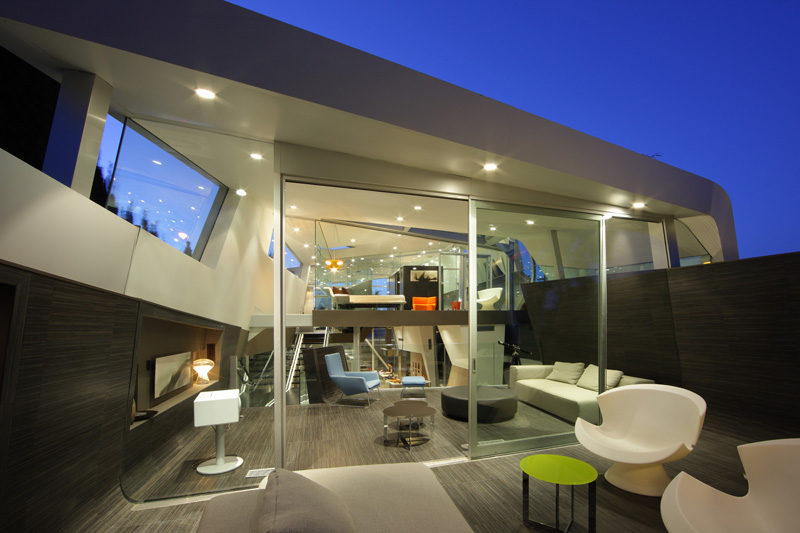 If it isn't functional, why have it?
If it isn't functional, why have it?Minimalism is becoming more popular to be sure, but even so it's often misunderstood. While not owning a lot of stuff, living in a small house, or not spending money when possible are certainly part of it, underlying minimalism is the bringing together of beauty and functionality. My hub here is on beauty. This hub is on functionality.
The basic question a minimalist will ask of any item he or she owns is, "do I really need this?" Or in other words, "Does this serve a good function for me?" For example, a belt should be functional. But, as it stands that might mean owning dozens of belts. So, the second part of the question is, "does this item serve a function not fulfilled by something else?" Continuing the belt example, that means owning two or three at most -- an everyday one, and a nice one. Possibly both brown and black leather if your job requires a suit.
Let's look briefly at two things common in most homes, clutter and debt.Clutter isn't fuctional
Part of why a minimalist doesn't like clutter (or more broadly, having too much stuff), is because clutter doesn't really serve a good purpose. If I'm looking for something and I can't find it amidst all of my piles of stuff and drawers of knickknacks, then I'm going to end up stressed, frustrated, and unproductive.
On the other hand, if I can quickly find things I need and continue about my day, not only am i more productive, but I keep my spirits up. Everything has its place, and because I don't have a lot of stuff, it's easy to get to that place. Alternatively, if something isn't in its place, I probably don't need that long to find it. After all, there's not a lof of stuff, and by extension probably not many places I could reasonably look.Debt isn't functional
Financial freedom is a real treasure anymore. With all of our loans and credit card debt, not to mention car and house payments, few Americans can say that they have the finincial freedom and wherewithal to do what they really want to.
While I'm not saying that minimalists don't have debt -- many do, especially college graduates --, a minimalist sees debt for what it is. It's not functional, and things that aren't functional are inherently limiting. For example, in America at least, it's a good idea to own a credit card. Down the road, it makes applying for home or car loans easier. But functionally speaking, it's never good to spend money you don't have, or at the very least won't have by the end of the month. Credit card debt means interest, and interest means more debt. Paying it off every month means a good credit score, and not living beyond your means. Both of which, I might add, are a good thing.Minimalism works
The real essence of minimalist fuctionality is finding what works. If something just isn't cutting it for you, then why have it? The items we own should fulfill at least one of two purposes. Either they should be functional, or they should be beautiful. Ideally, everything you own should be both.
Minimalism in its various forms works for people because they have found ways to function better. They've stripped away the unnecessary, or are at least in the process of doing so. The hope is that by doing so, we can focus more on the things which really matter to us, whether that's our hobbies, or family, or travel, or whatever.
To reiterate, minimalism is not living like an ascetic, at least not for most minimalists. it's instead about having our needs met so that each of us can lead a productive and self-reliant life. Beyond that, most everything else seem extraeneous. As I said in another hub here, minimalism is a specturm, not a point. Find what works for you so that you feel the most productive and the most free.





